I recently saw this item on the news and it caught my eye. We have a history of dementia and Alzheimer's Disease in our families. I've been doing a great deal of reading about what you can do now to help prevent dementia. It is reported that adopting certain behaviors and activities in your life can help delay and even deter development of Alzheimer's Disease. Common thinking is that if you are destined to get Alzheimer's Disease, there is nothing you can do to stop it. While that might be true for a percentage of Alzheimer's cases, there is evidence that supports the fact that you can adopt lifestyles and behaviors that will help keep you from developing Alzheimer's or at the very least, delay it. That will be a topic of a future Musing that everyone should read if you want to be proactive about this disease.
Today's Musing presents a recent study about how caring for grandchildren can lower the likelihood of developing disorders affecting memory or cognitive ability. Being socially engaged is one preventative strategy that is suggested for avoiding dementia and Alzheimer's. A 2011 study completed by Rush University Medical Center in Chicago found that seniors who stay most socially engaged show less cognitive decline on testing.
The Women's Healthy Aging Project in Australia published results online in Menopause, the journal of The North American Menopause Society (NAMS). This study looked at 186 women ages 57 to 68. 120 were grandmothers. The participants completed 3 mental assessment tests that measured cognitive abilities. Findings suggested that taking care of grand kids one day a week helped keep grandmothers mentally sharp. Ironically, the study also found that caring for grandchildren five days a week or more could actually have some negative effects. Those grandmothers demonstrated poorer performances on mental sharpness tests. The grandmothers caring for their grandchildren one day a week performed best on two of three tests. Those spending five days a week or more did noticeably worse on the test that measures working memory and mental processing speed.
This was an unexpected finding. Researchers also found that with increasing time spent caring for grandchildren, grandmothers reported that they felt their own children were more demanding of them. It's possible that these feelings of being stressed out from the responsibilities of child rearing as well as being stretched too thin to make time for themselves could lead to some decline in the brain's performance. Other studies already exist showing that women who experience even mild forms of emotional or situational stress take longer to remember recently acquired information. Naturally, follow up research is being conducted.
What if your grandchildren live very far away? Technology can help bridge that gap. A 2014 Pew Research Internet Project reported that 46% of seniors who use the Internet visit social media sites. Doing this promotes stronger and more consistent connections with their loved ones. The added benefits of options like Skype and FaceTime, where you are able to see people you are talking to, strengthens the quality of technological social engagement.
Those with no grandchildren to care for have options too! There is no reason your social involvement has to be centered around relatives or children. Volunteering, becoming involved in church activities, taking classes, frequenting a local senior center or regularly socializing with friends can have the same beneficial impact on your brain function, and enhance feelings of happiness.
What do I take away from this? One key to promoting cognitive health seems to be maintaining an active social connection with family, friends and community that is not stressful or demanding.
http://www.alzheimersweekly.com/2014/04/a-grandchild-for-one-day-keeps-dementia.html
http://jonbarron.org/alzheimers-and-dementia/grandkids-boost-brain#.VAKsVmOx3tQ

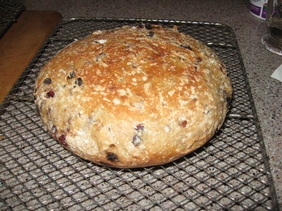
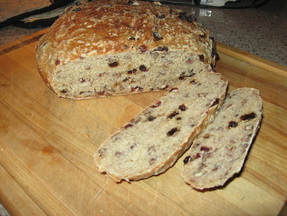
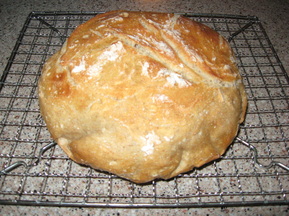
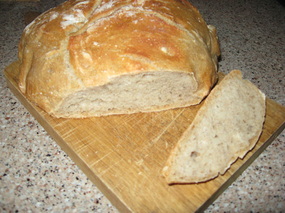
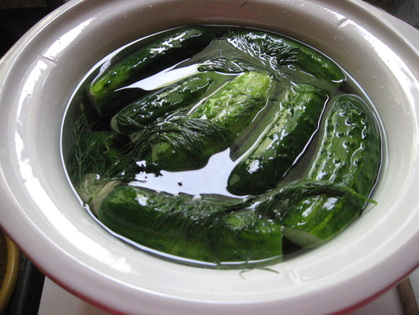
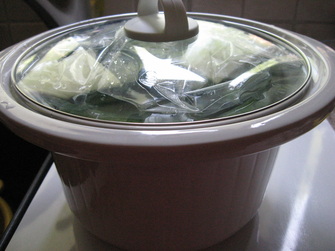
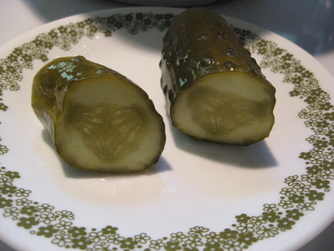
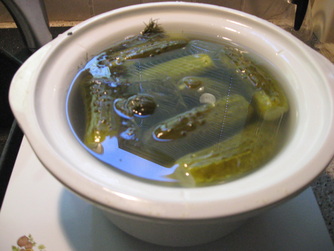
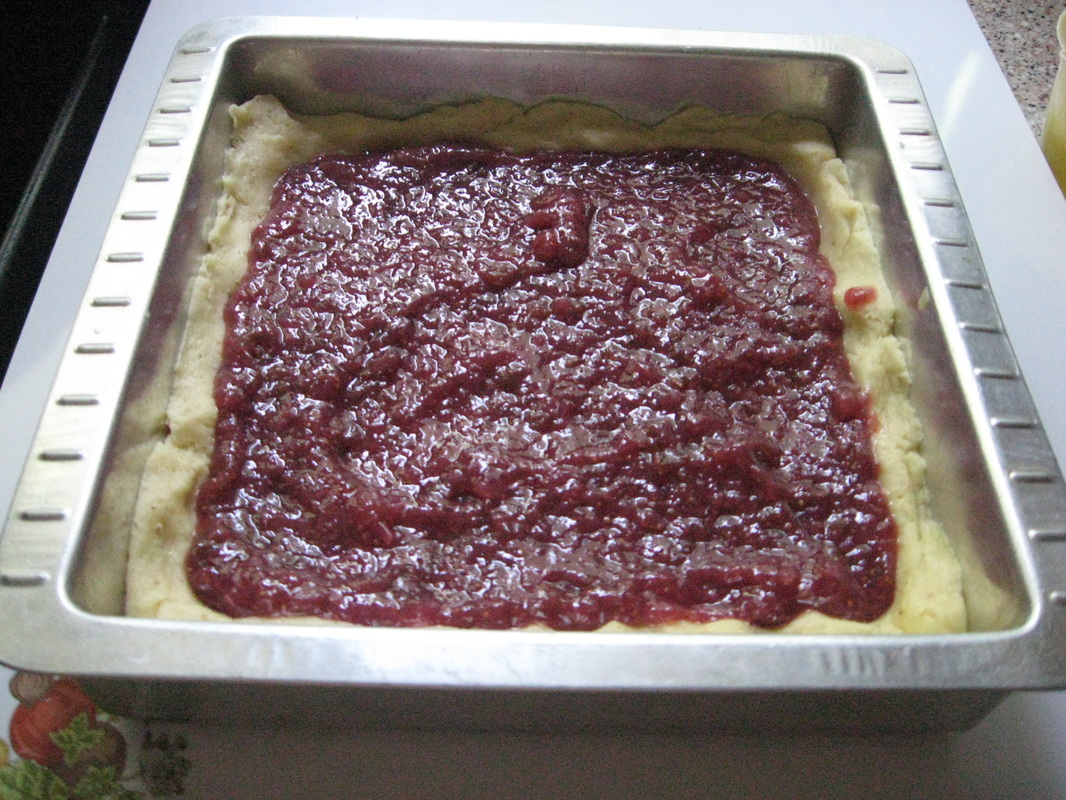
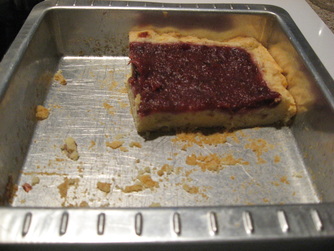
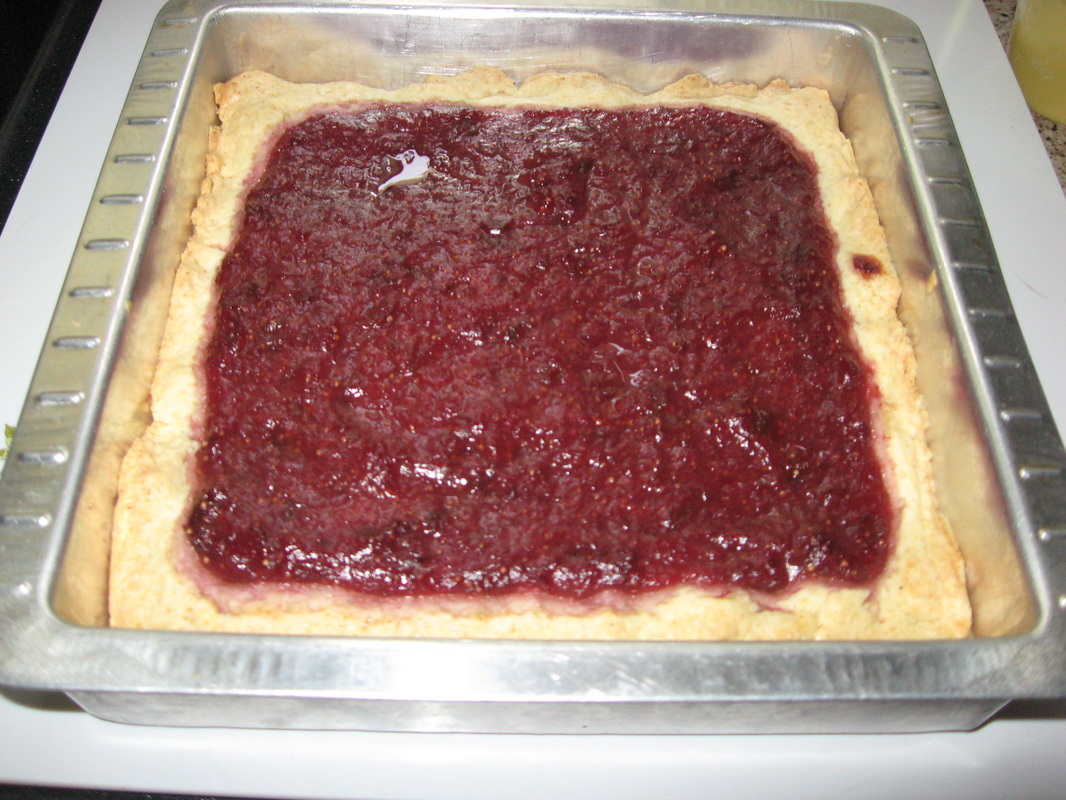




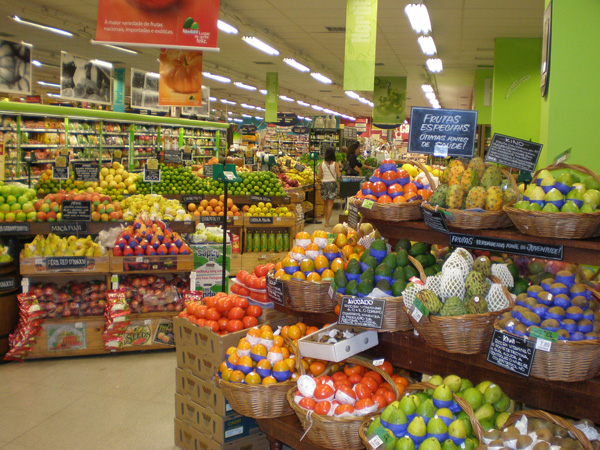
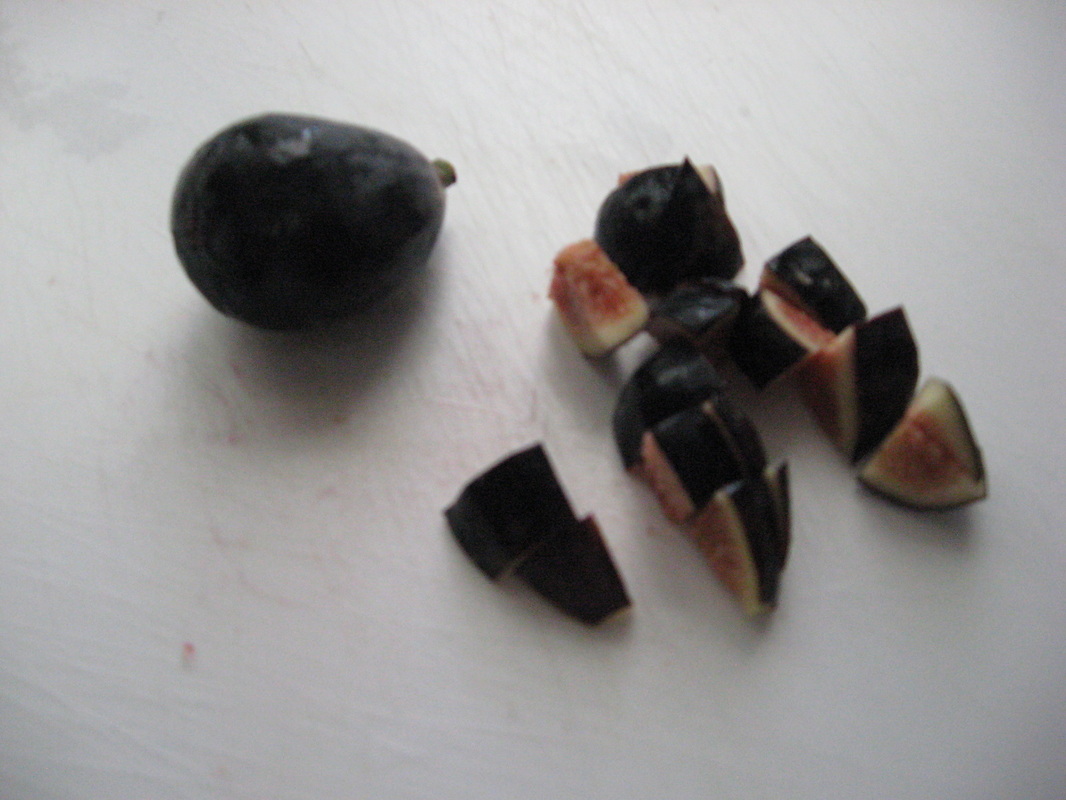
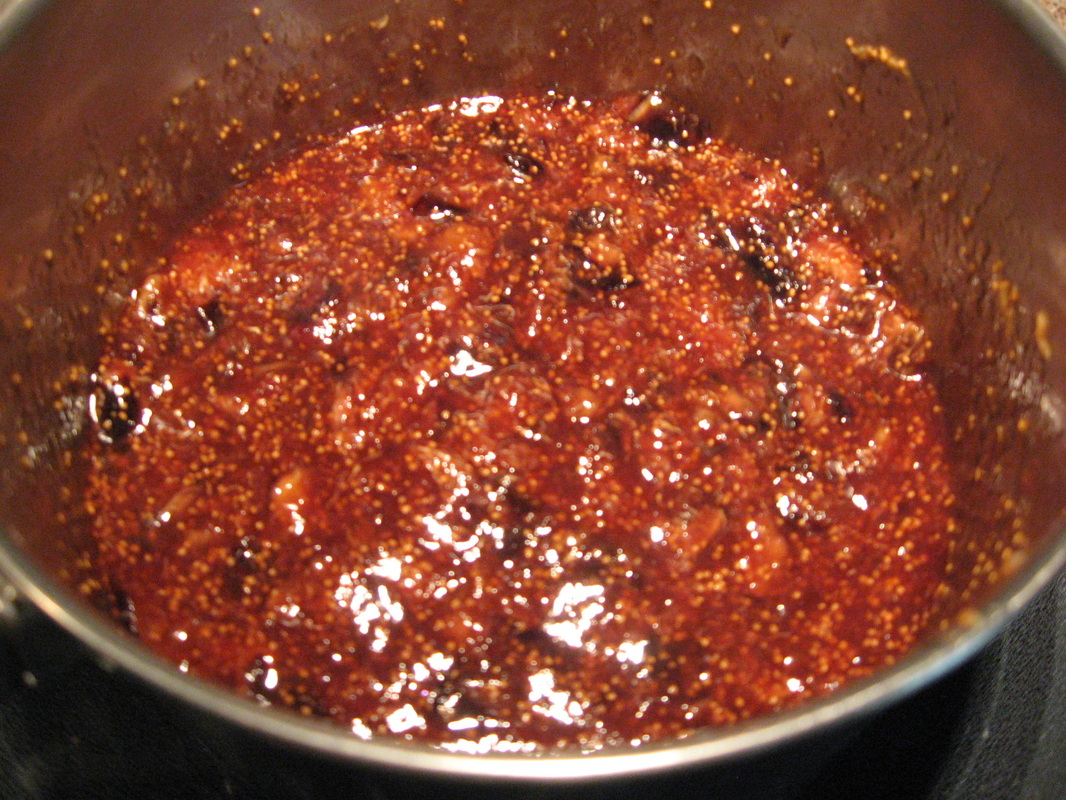
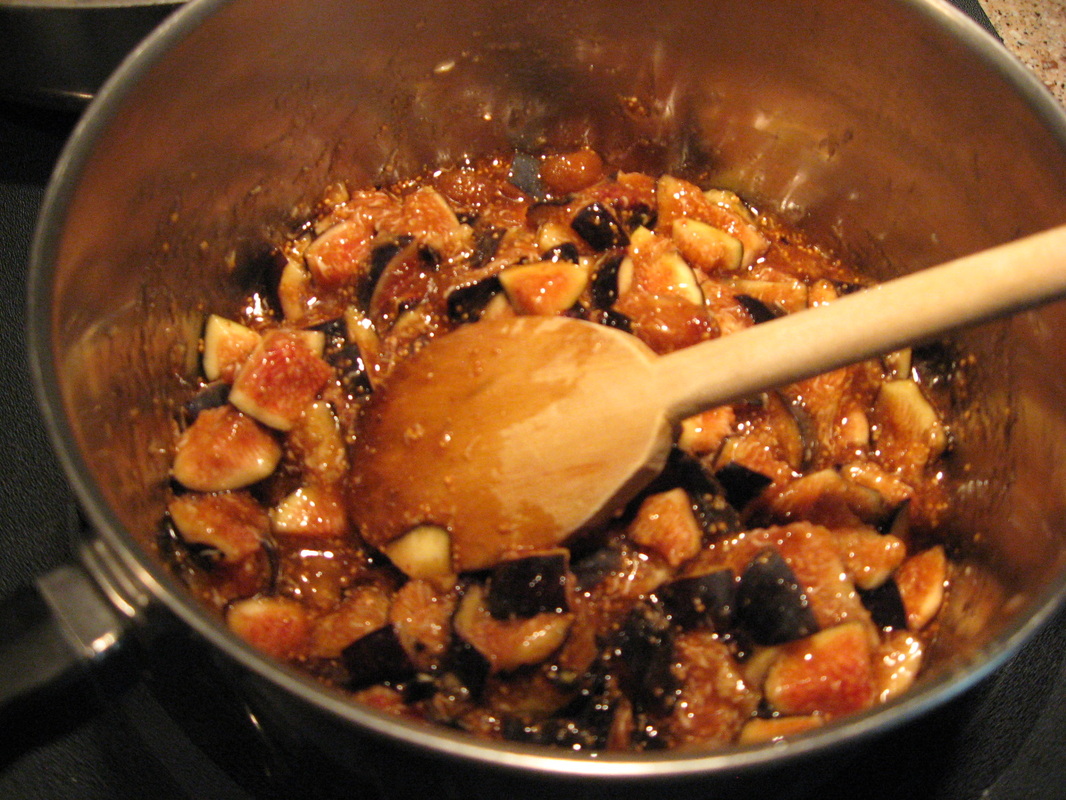
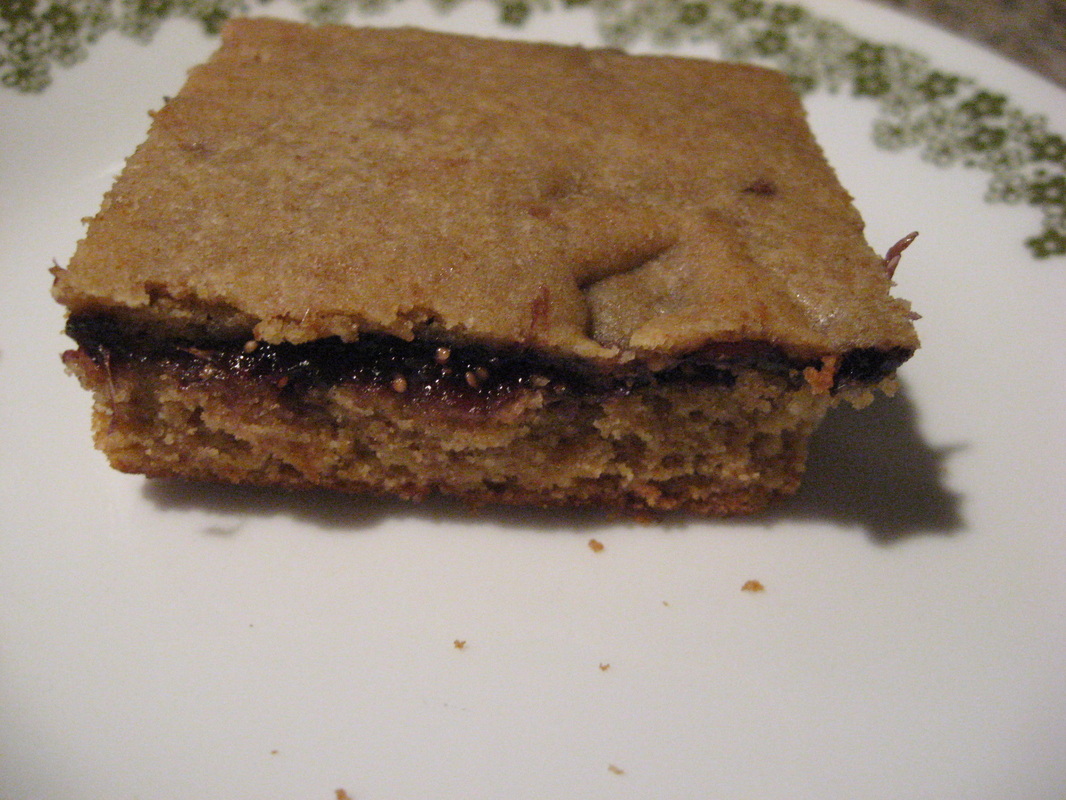

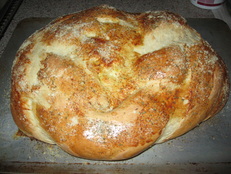
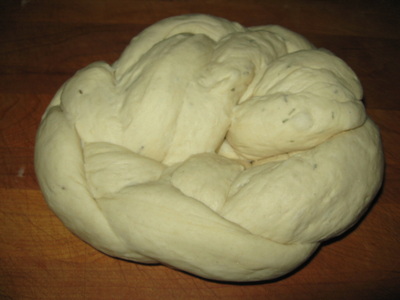
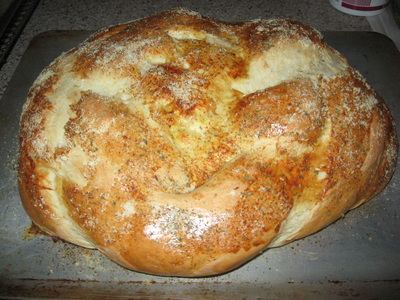
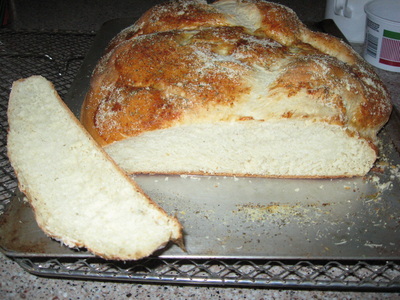
 RSS Feed
RSS Feed
